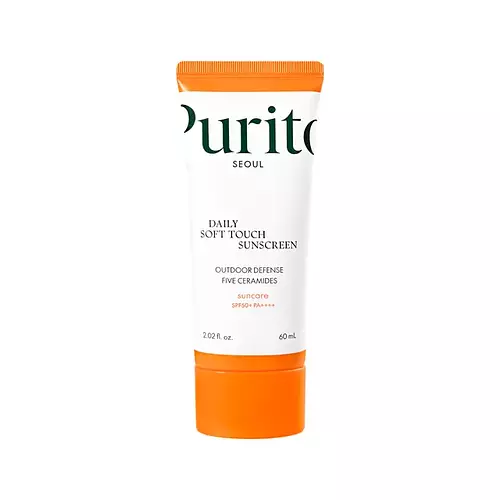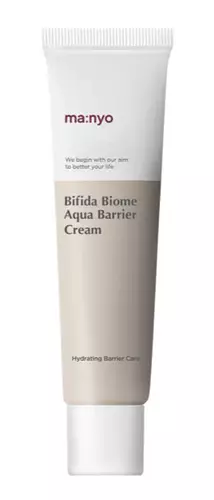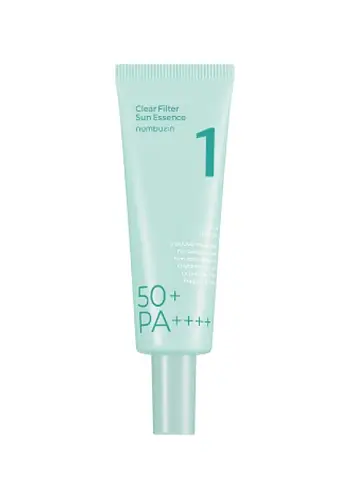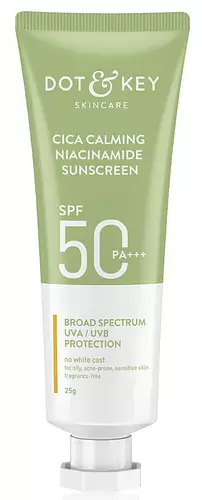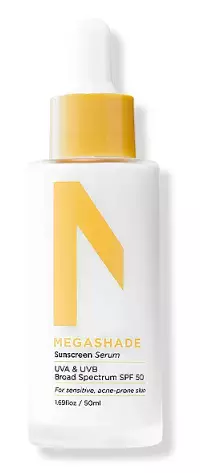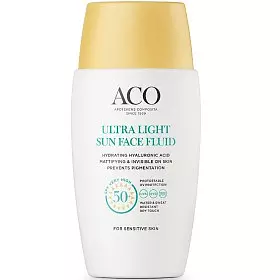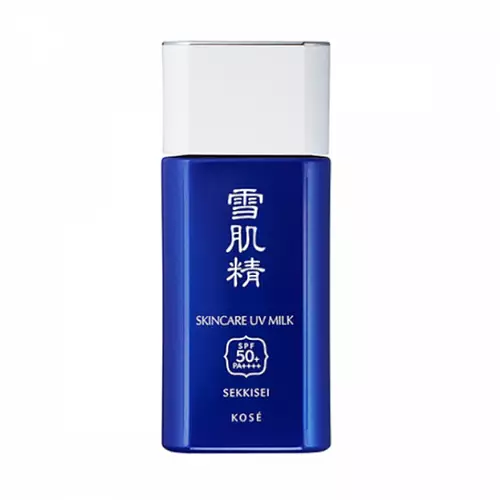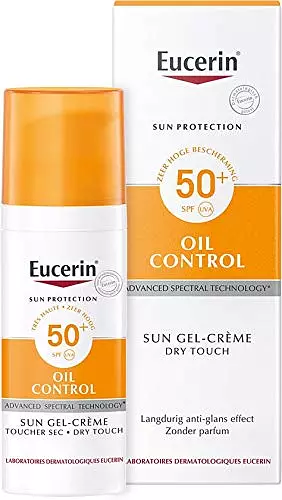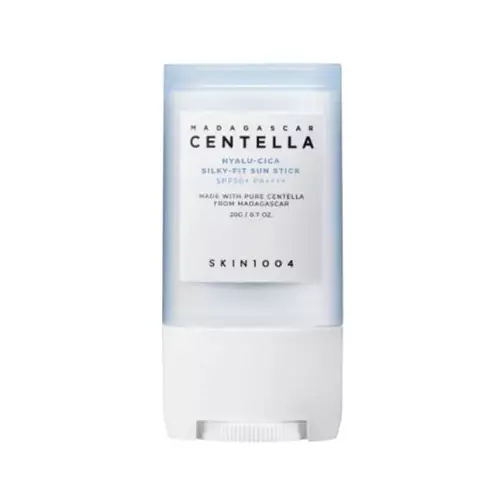Updated on April 23, 2024
Overview
What they are
These products are both sunscreens. They have a total of 3 ingredients in common
Cool Features
They both contain SPF and Vitamin E
Suited For
They're both likely to be good for brightening skin, sensitive skin and scar healing
Free From
They both do not contain any harsh alcohols, common allergens, fragrances, oils, parabens or sulfates
We independently verify ingredients, and our claims are backed by peer-reviewed research. Spot a product that needs an update? Let us know.
Ingredient Info
PURITO Daily Soft Touch Sunscreen SPF 50+ PA++++ 35 ingredients
Apostrophe 'Screen SPF 43 24 ingredients
At a glance
Click on any of the items below to learn more
PURITO Daily Soft Touch Sunscreen SPF 50+ PA++++ 35 ingredients
Apostrophe 'Screen SPF 43 24 ingredients
Notable Ingredients
This product contains 4 ingredients that may have this attribute:
This product contains 1 ingredient that may have this attribute:
This product contains 1 ingredient that may have this attribute:
This product contains 5 ingredients that may have this attribute:
Benefits
This product contains 5 ingredients that may have this attribute:
This product contains 4 ingredients that may have this attribute:
This product contains 5 ingredients that may have this attribute:
This product contains 3 ingredients that may have this attribute:
This product contains 1 ingredient that may have this attribute:
This product contains 2 ingredients that may have this attribute:
Concerns
This product contains 1 ingredient that may have this attribute:
This product contains 1 ingredient that may have this attribute:
Notable Ingredients
This product contains 2 ingredients that may have this attribute:
This product contains 1 ingredient that may have this attribute:
This product contains 1 ingredient that may have this attribute:
This product contains 1 ingredient that may have this attribute:
This product contains 1 ingredient that may have this attribute:
Benefits
This product contains 1 ingredient that may have this attribute:
This product contains 1 ingredient that may have this attribute:
This product contains 1 ingredient that may have this attribute:
This product contains 2 ingredients that may have this attribute:
Concerns
This product contains 1 ingredient that may have this attribute:
This product contains 2 ingredients that may have this attribute:
This product contains 1 ingredient that may have this attribute:
This product contains 1 ingredient that may have this attribute:
Ingredients Side-by-side
Ingredients Explained
These ingredients are found in both products.
Ingredients higher up in an ingredient list are typically present in a larger amount.
Water. It's the most common cosmetic ingredient of all. You'll usually see it at the top of ingredient lists, meaning that it makes up the largest part of the product.
So why is it so popular? Water most often acts as a solvent - this means that it helps dissolve other ingredients into the formulation.
You'll also recognize water as that liquid we all need to stay alive. If you see this, drink a glass of water. Stay hydrated!
Learn more about WaterButylene Glycol (or BG) is used within cosmetic products for a few different reasons:
- It is a solvent, meaning that it helps to dissolve other ingredients. This also enhances the absorption of the product into one's skin.
- It is a humectant, which means that it helps attract moisture into the skin.
- It helps improve product application.
Overall, Butylene Glycol is a safe and well-rounded ingredient. It is unlikely to irritate skin, and works well with pretty much all other ingredients.
Panthenol is a common ingredient that helps hydrate and soothe the skin. It can be found naturally in our skin and hair.
This ingredient is also referred to as pro-vitamin B5 or dexpanthenol in dermatology.
Panthenol is famous due to its ability to go deeper into the skin's layers. Using this ingredient has numerous pros (and no cons):
Like hyaluronic acid, panthenol is a humectant. Humectants are able to bind and hold large amounts of water to keep skin hydrated.
Once oxidized, panthenol converts to pantothenic acid. Panthothenic acid is found in all living cells.
Learn more about PanthenolIngredient Ratings
Here's what our community thinks of the ingredients in these two products.
When to use
PURITO Daily Soft Touch Sunscreen SPF 50+ PA++++ 35 ingredients
Apostrophe 'Screen SPF 43 24 ingredients

Reviews
Here's what our community thinks
PURITO Daily Soft Touch Sunscreen SPF 50+ PA++++ 35 ingredients
Daniel Chin
I was terrified when they updated the packaging that they would change the formulation too. It doesn’t seem they have, thankfully.
When looking...
I was terrified when they updated the packaging that they would change the formulation too. It doesn’t seem they have, thankfully.
When looking for vegan, eco-friendly, sunscreens this is the absolute best. End the search.
emarie
This sunscreen has been great so far! I have combo skin and haven’t noticed any problems so far. I really like that it doesn’t include silicons and...
This sunscreen has been great so far! I have combo skin and haven’t noticed any problems so far. I really like that it doesn’t include silicons and the other ingredients seem pretty good too.
